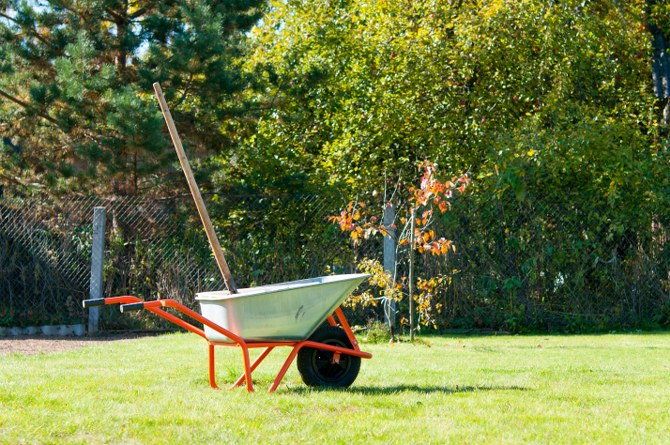Planting A New Lawn In Catford
Posted on 24/02/2015
How to Plant Grass Seed in a New Lawn

Starting a new lawn in Catford from seed can be a tricky and time-consuming process, not to mention expensive. But the benefits are well worth the effort as you create a beautifully, aesthetically pleasing feature in the backyard. There are many things to take into consideration when planting a new lawn.
Climate
Different types of grass grow better depending on the climate. For grasses that grow best in colder climates, it is recommended to plant the lawn in later summer or early autumn. This gives it the best chance of growing at a healthy and steady rate. For warm-season grasses it is best to plant in late spring in the SE6 area. The weather will still be mild enough for the grass to become established and strong enough to survive the hot weather.

Step by Step
The following steps will be important for successful lawn planting:
1. Spread the seed ideally using a machine seed spreader. Set the rate at a steady pace and put half the grass seeds in. Start with this half by walking in one direction, and then crisscross the second half across the first half. This will give an even covered pattern.
2. Use a top-dressing to hold moisture in the seed. Use a cage roller or peat spreader filled with peat moss or other organic matter to do this. Apply a thin layer across the lawn seed by briskly pushing the cage back and forth until the entire area is covered.

3. Roll the surface between the seed and soil and roll the perimeter first before finishing the entire area.
4. Water the seeds carefully and ensure there is enough water to make the soil wet 6 to 8 inches. Be gentle when applying the water so that the seeds don’t get shifted and no puddles are created. After the first watering, use a handheld hose to sprinkle the seeds several times a day to make sure the germination is even across the entire lawn in the SE6.
5. Protect the seedbed by covering it with some type of fencing material. Using roll-out metal fencing or mesh covering is recommended while the lawn seeds are becoming established. It is important to protect the seeds from human and animal feet in the early stages of development.

After care
Lawn care after the seeds have become established and grown healthily is absolutely crucial in the success of the grass. Consider these following points for general gardening maintenance and good lawn care in the SE:
- Start easing the watering, depending on the weather. Obviously in warmer climate increase water. But be careful not to over-water as this can inhibit root growth.
- Pay attention to the colour of the grass and if it starts going from bright green to dull verging on brown, increase watering.

- When the lawn reaches 3 to 4 inches in height, you will need to mow it. This does depend on the type of grass, so you will need to do some research as to what grass you have.
- Avoid lawn mowing when it is damp as this can tear up the soil. You will get much better results mowing when conditions are dry.
- Apply fertiliser about 4 to 6 weeks after it has germinated. Try to use organic fertilisers for the best results and feed the appetite of the young seedlings.
- Keep in mind that reliable gardening services in Catford are available for lawn restoration and repair if your lawn in struggling.

Lastly, enjoy the benefits of a new lawn and reap the rewards of your labour by admiring the pleasant green space growing in your yard!







